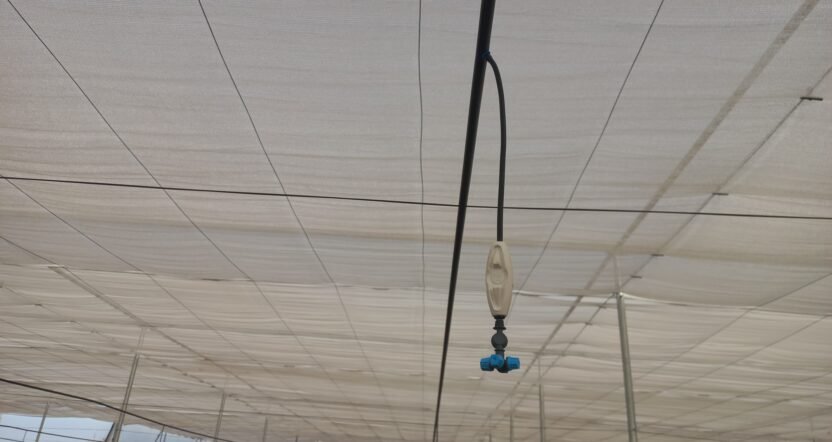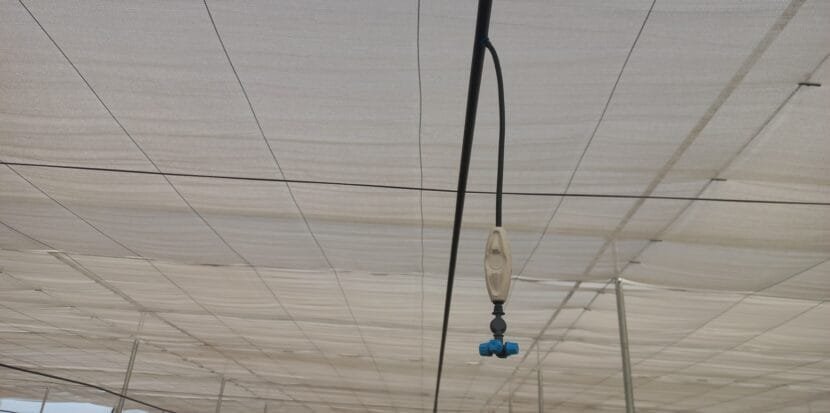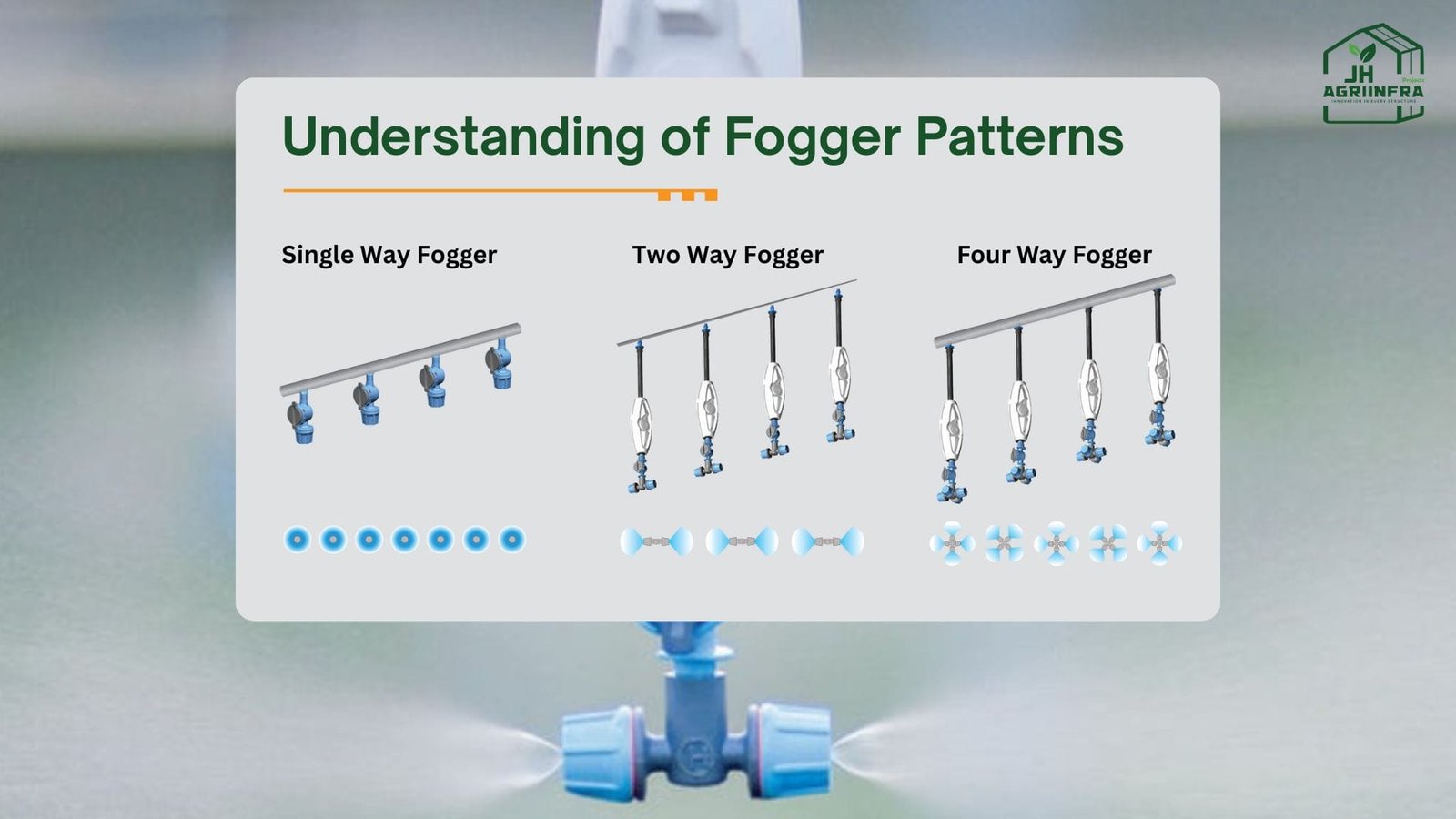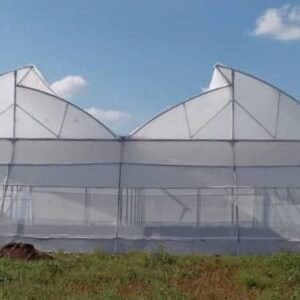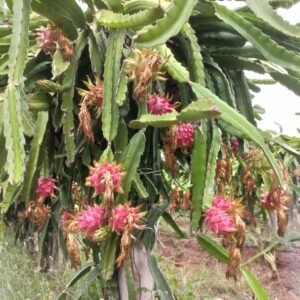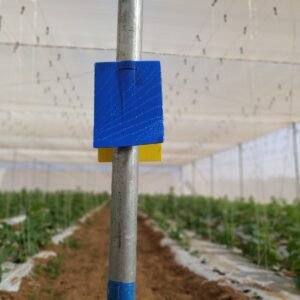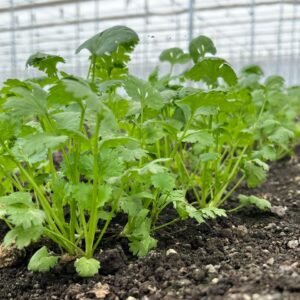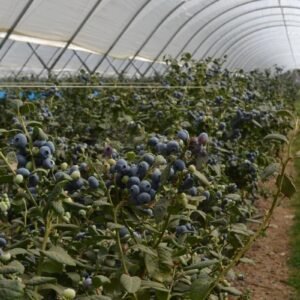Greenhouses are designed to create a controlled environment for plants, shielding them from the harsh external elements while promoting healthy growth. However, during peak summer months, managing internal temperatures becomes a significant challenge. Excessive heat and low humidity can lead to plant stress, reduced yields, and in severe cases, plant death. This is where fogging systems play a crucial role in climate regulation within greenhouses.
Fogging systems
Fogging systems offer a relatively efficient and consistent method for cooling greenhouses, while also contributing to a noticeable increase in relative humidity. On hot days, they can deliver a significant cooling effect, depending on the prevailing weather conditions. These systems work by generating extremely fine water droplets ranging from 0 to 70 microns in size, which remain suspended in the air and evaporate before reaching the crop canopy, thereby avoiding direct wetting of the plants.
Understanding Fogging Systems for Greenhouses
A fogging system is primarily made up of a high-pressure pump, a distribution network of pipes or tubes, and a series of nozzles. The high-pressure pump is the heart of the system; it forces water through the distribution network in a controlled manner. As the water reaches the nozzles, it is atomized into microdroplets, and a fine mist or ‘fog’ is created.
These droplets are incredibly small, ranging from 1 to 70 microns in diameter, and they evaporate rapidly when they come into contact with the air, reducing the ambient temperature through a process called evaporative cooling.
- Understanding Fogger Patterns in Greenhouse Cooling Systems
- Single Way Fogger
A single way fogger has one nozzle that sprays mist in a single direction. This is the most basic type of fogger and is ideal for small greenhouses or targeted cooling in specific zones.
- Two Way Fogger
The two-way fogger has two nozzles mounted back-to-back, creating bi-directional misting. This design increases the coverage area while maintaining a fine droplet size and pressure.
- Four Way Fogger
A four-way fogger consists of four nozzles, typically arranged in a cross shape to provide 360-degree coverage. It is the most comprehensive option and is perfect for large greenhouse areas that require uniform humidity and cooling.
Advantages of Fogging Systems
- Improved Plant Transpiration
- Prevention of Plant Stress and Wilting
- Reduction in Fungal Diseases and Pests
- Energy Efficiency and Cost-effectiveness
- Consistent Crop Quality
- Adaptability
We provide customized fogging system solutions tailored to meet the specific needs of each greenhouse environment.
📞 𝗙𝗼𝗿 𝗶𝗻𝗾𝘂𝗶𝗿𝗶𝗲𝘀, 𝗰𝗼𝗻𝘁𝗮𝗰𝘁 𝘂𝘀:
📱 𝖬𝗈𝖻𝗂𝗅𝖾 & 𝖶𝗁𝖺𝗍𝗌𝖠𝗉𝗉: +𝟫𝟣 𝟫𝟫𝟩𝟦𝟫 𝟣𝟩𝟦𝟣𝟦
📧 𝖤𝗆𝖺𝗂𝗅: info@jhagriinfra.com
🌐 𝖶𝖾𝖻𝗌𝗂𝗍𝖾: www.jhagriinfra.com

